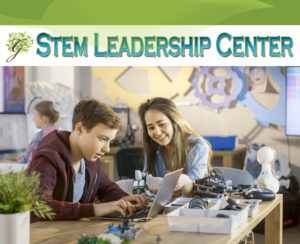Innovation can be scary. Juan Enriquez in his February 2009 TED Talk describes the three contemporary fields of innovation: microbes, tissues and robots. In the area of microbes, we now have programmable cells where we can insert DNA “snipets” and
have it boot up as a different species (check out the 2010 International Genetically Engineered Machine (iGEM) competition entries at MIT!) In the area of tissues, Japan and the U.S. have each rebooted skin cells into stem cells, a woman in Spain dying of TB received a donor trachea spraypainted with her stem cells and successfully implanted, soldiers in Wake Forest are receiving regrown ears, and nine women in Boston are walking around with regrown bladders. Robotic innovations include cars that drive themselves across country, bomb buster armored tank that climb stairs, microsurgical tools that filter out shaking surgeon’s hands, nanotech (manipulating matter on an atomic and molecular level) Gecko tape.
My youngest child, 13 year-old Ian, watches these and jokes that he’ll engineer his kids with super powers like his favorite comic book heroes. Do I want him to be an innovator? Will my grandchildren be a whole new species, homo evolutis rather than my homo erectus? He wants to build me a robotic centaur body that I (when old and infirm) can sit in, wired to my neurological outputs, so that I can still gallop through the woods at paces that brought me joy in youth. Do I want him to be an innovator?
This week’s hero: Dean Kamen, inventor and enterpreneur. His Ted Talks, his interviews, and his FIRST competitions inspire me to help my child be innovative.
This week’s question to ask your favorite young person: Why did Frankenstein “creation” become a monster?
The week’s resource: Mischief Maker’s Manuel. Visit the author’s website and check the book out from your local library. Humor is a great way to teach innovation.
Let me know what your kids say and how you help them develop the 21st century skill of innovation!



